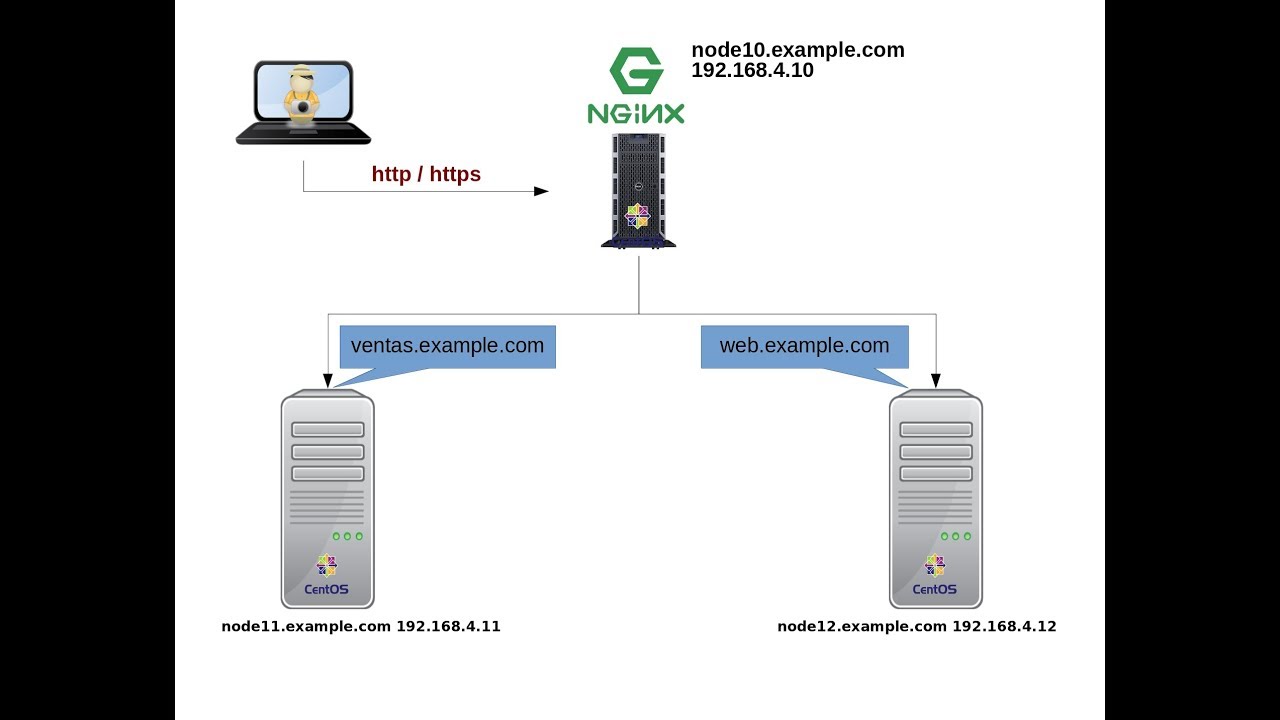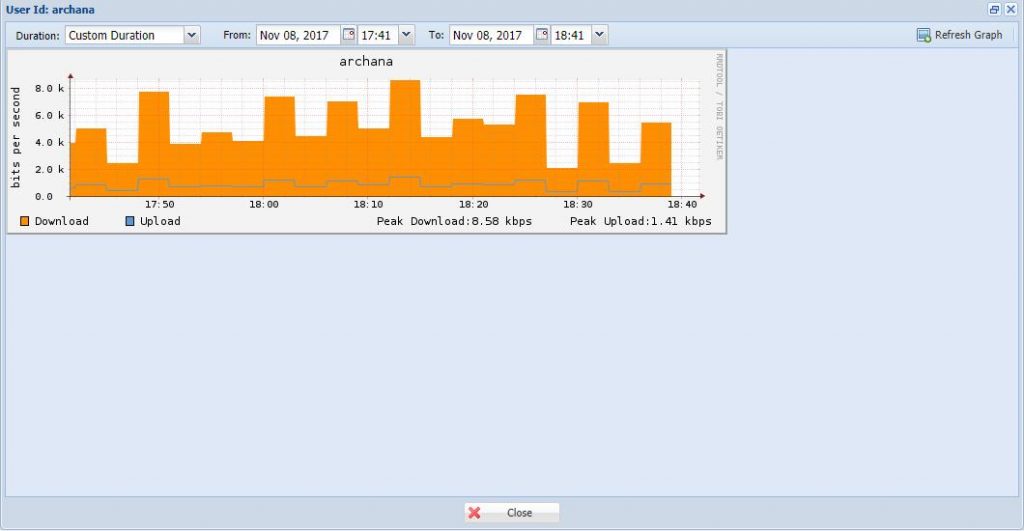


Not much water (bandwidth) will come out of the straw, so it’ll take a while to fill up the bucket, simulating the slower data flow to your device. Now, imagine your 2.4GHz hotspot is a straw connected to that firehose, and an empty bucket is your laptop connected to the hotspot. If your head’s spinning over the 5GHz versus 2.4GHz comparison, think of 5G mmWave as a powerful firehose and the water flowing through it is your bandwidth. This will be especially critical for mobile workers who rely on that hotspot for their daily business. GlassWire warns you of network related changes to your PC, or unusual changes to your apps that could. Detect spyware, malware, badly behaving apps, and bandwidth hogs, then block their connections.
Mobile hotspot bandwidth monitoring Pc#
However, this capability will be a game-changer once 5G mmWave tech rolls out nationwide, as a 5GHz Wi-Fi hotspot will give your tethered device access to more of 5G mmWave’s speed than a 2.4GHz hotspot can. Instantly see who or what your PC is talking to on GlassWires network monitoring graph, plus see what your PC may have connected to in the past. These mmWave-serviced areas are still quite rare and require you to be within about a block of a 5G tower.
Mobile hotspot bandwidth monitoring full#
However, areas with ultrafast mmWave band, which broadcasts at 24-40 GHz, will enjoy the full benefit of iPhone 12’s faster hotspot connection. For most users, this won’t matter much initially, as most 5G service areas are limited to sub-6GHz bands with speeds almost identical to 4G LTE networks. Network bandwidth is a measurement indicating the maximum capacity of a wired or wireless communications link to transmit data over a network connection in.


 0 kommentar(er)
0 kommentar(er)
